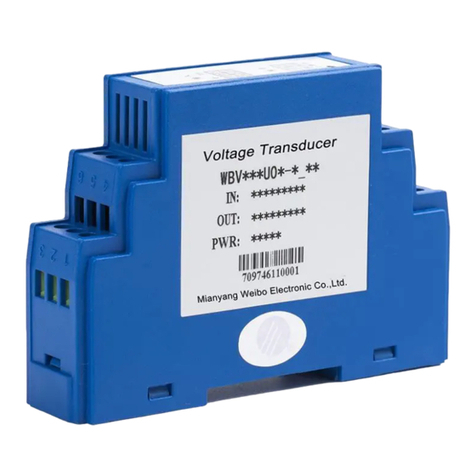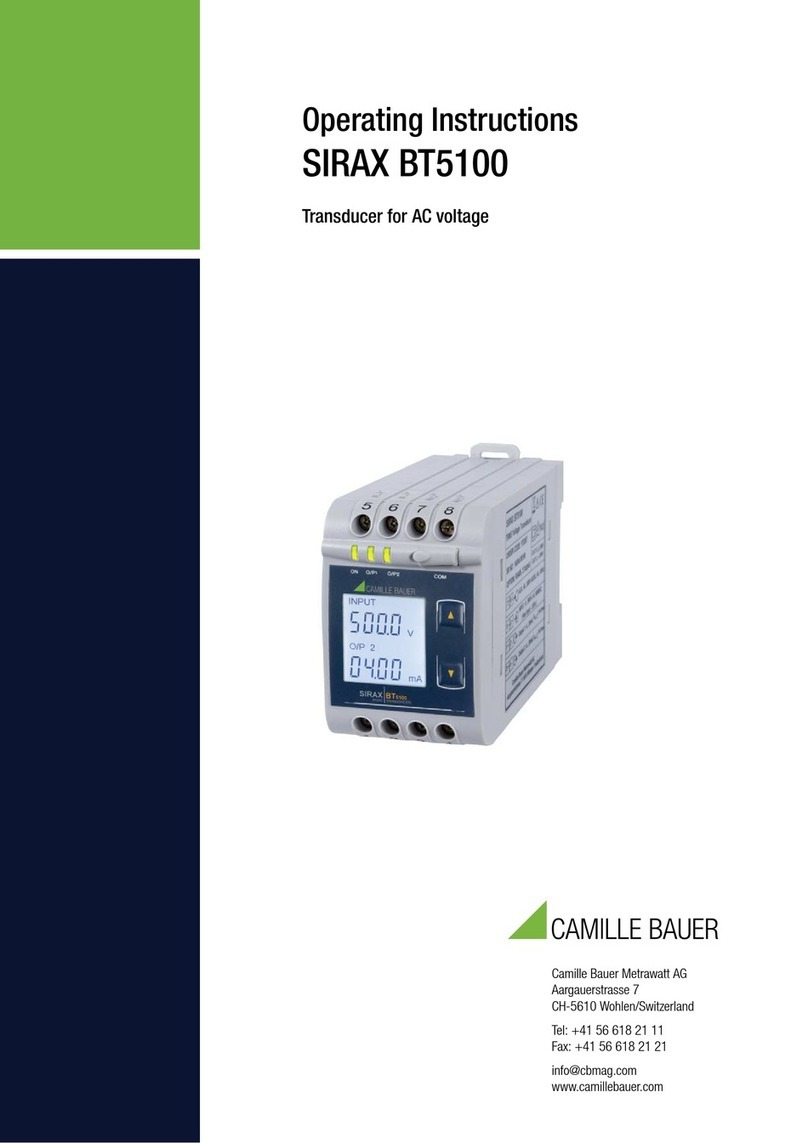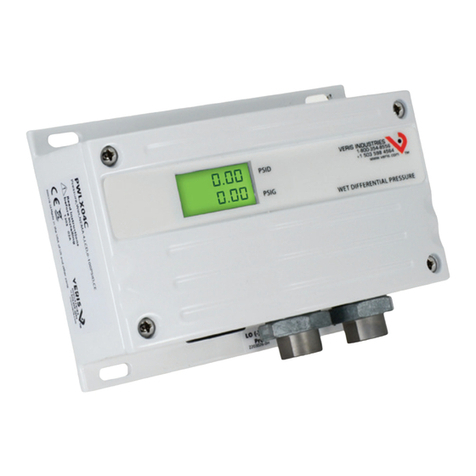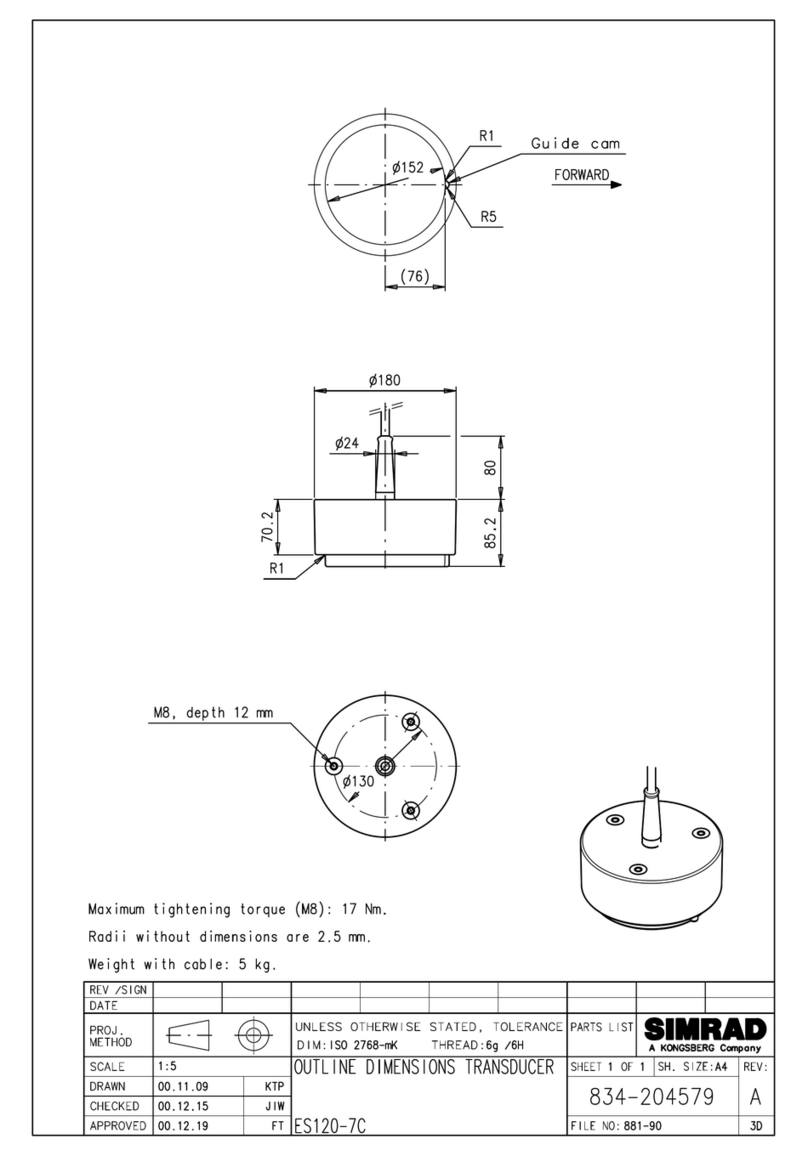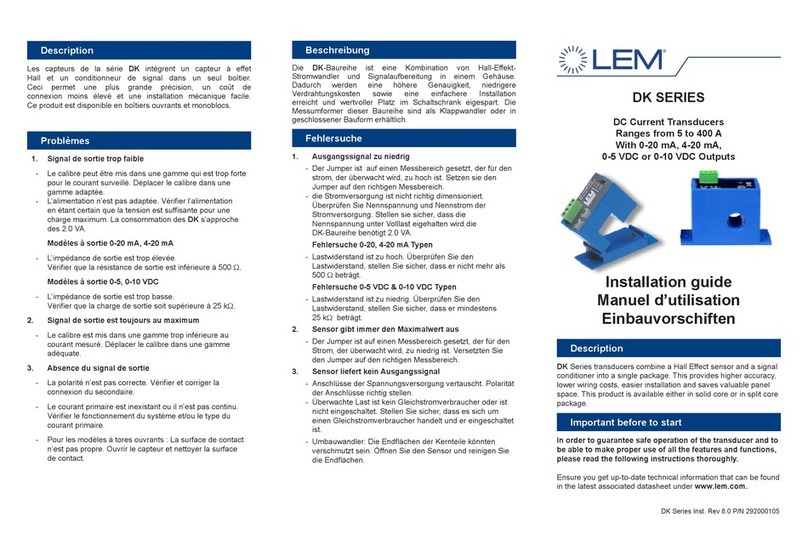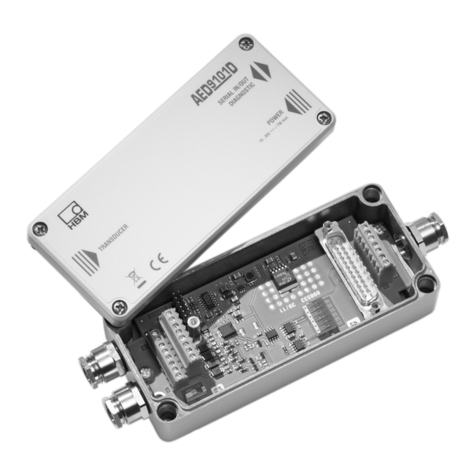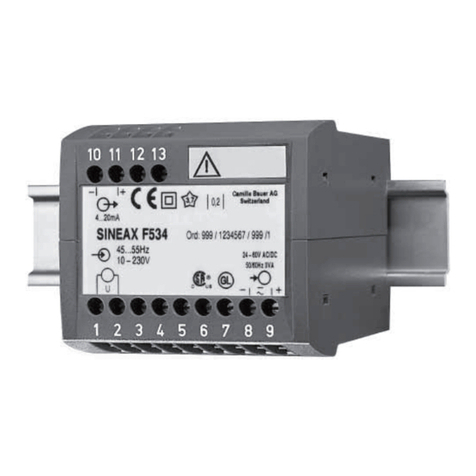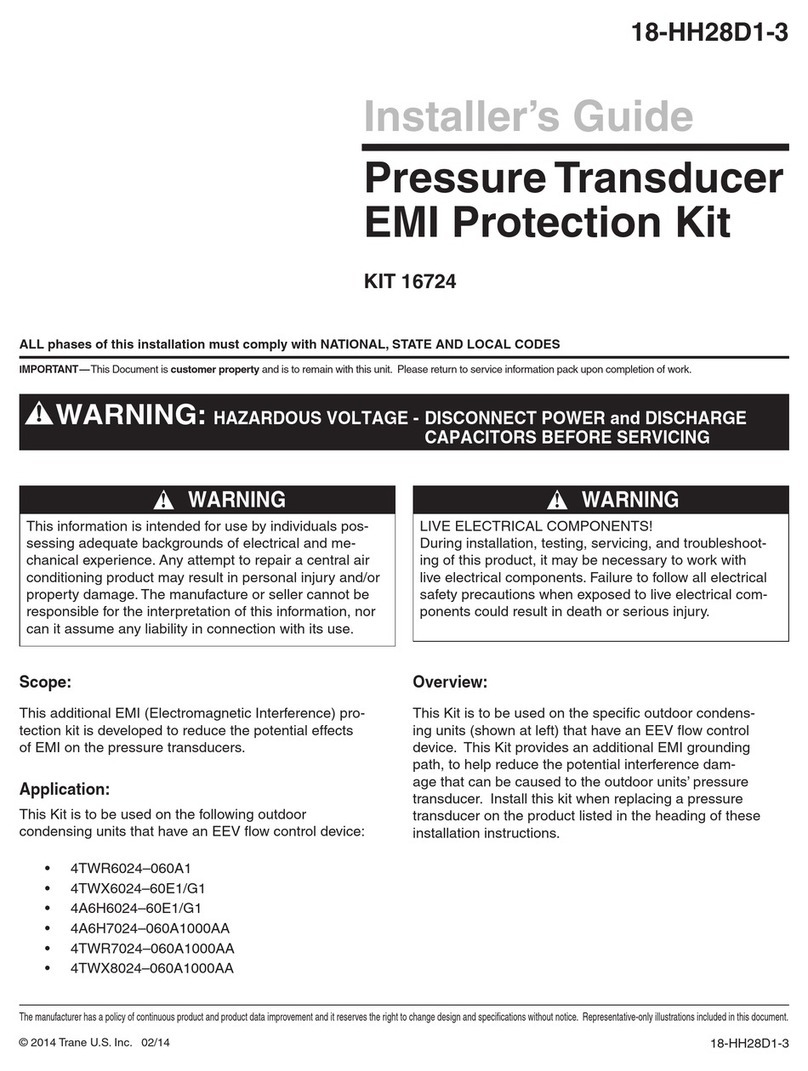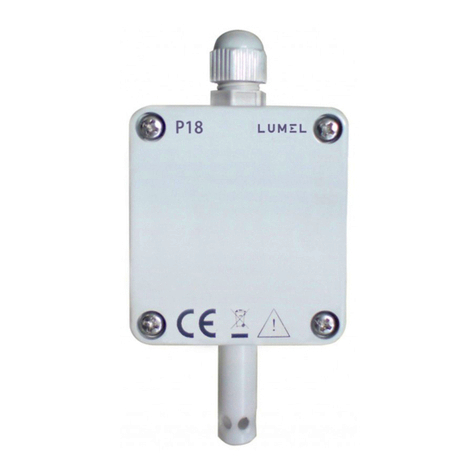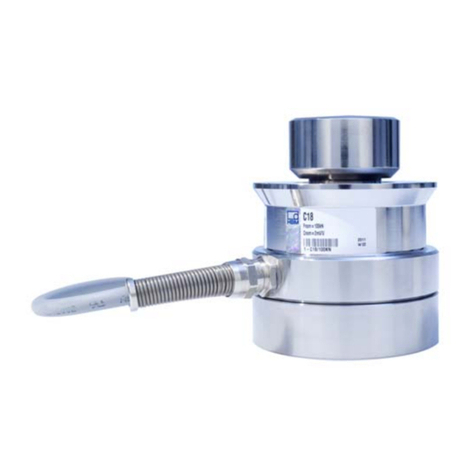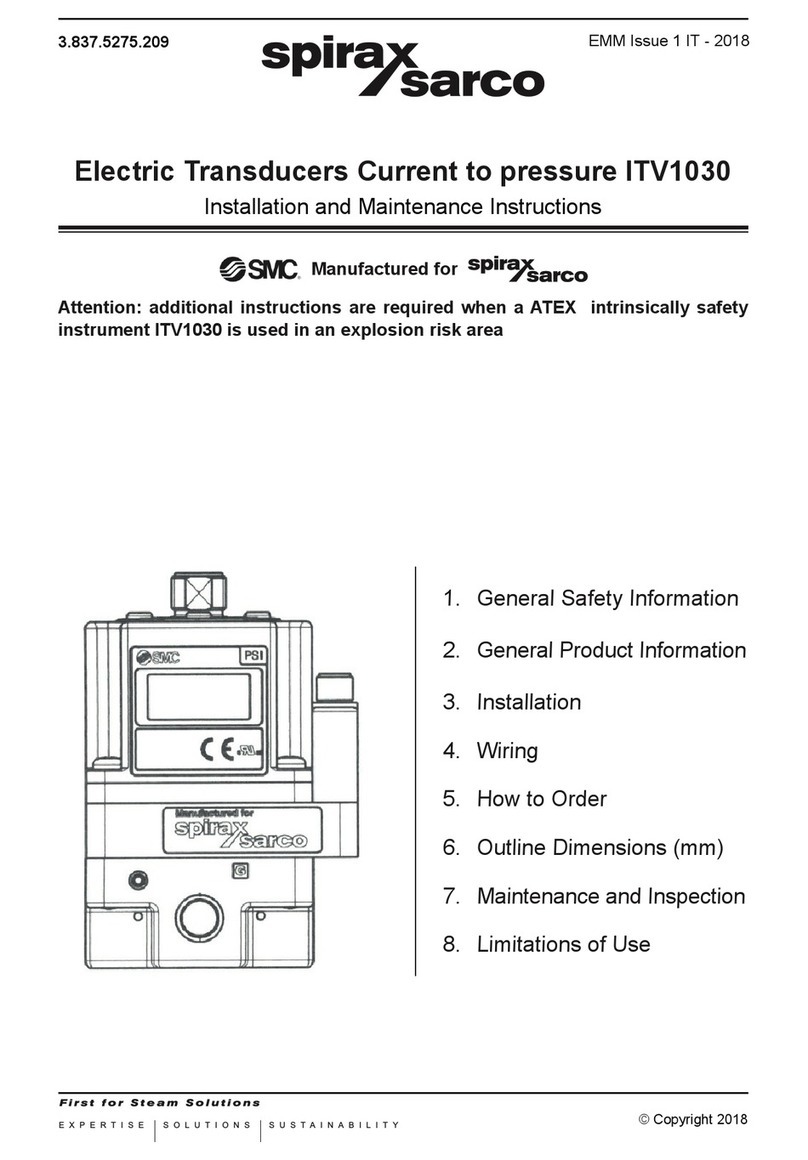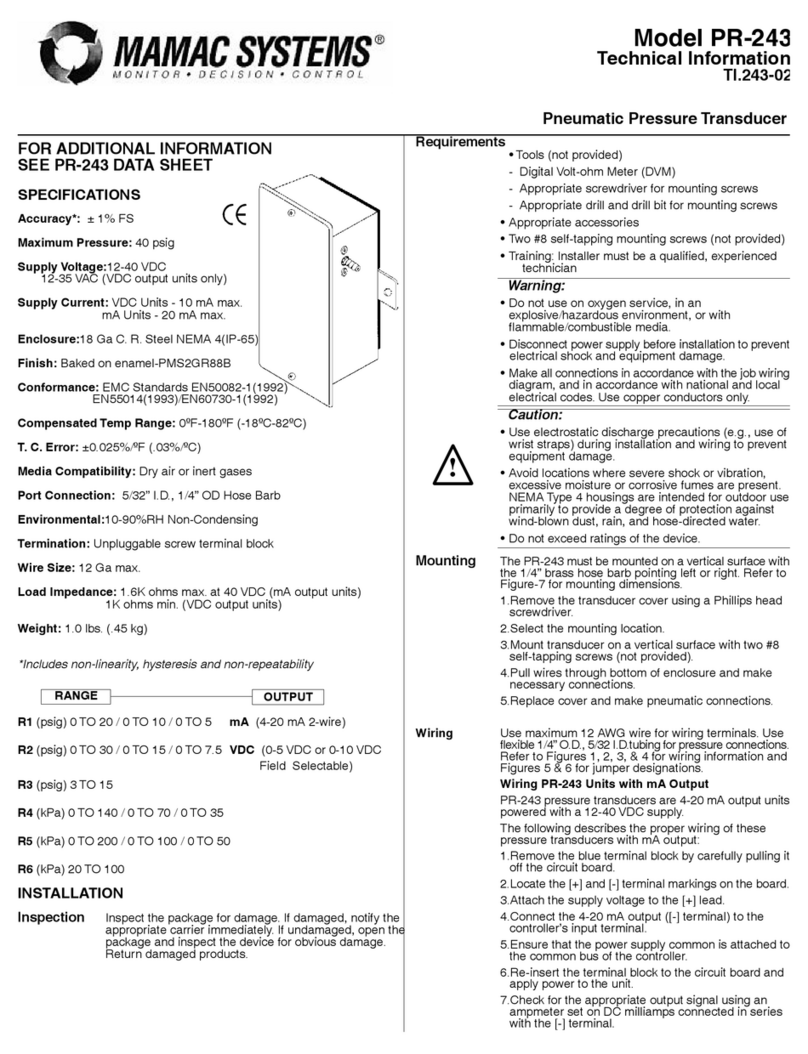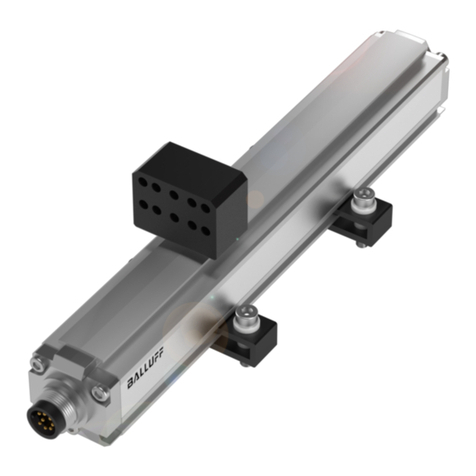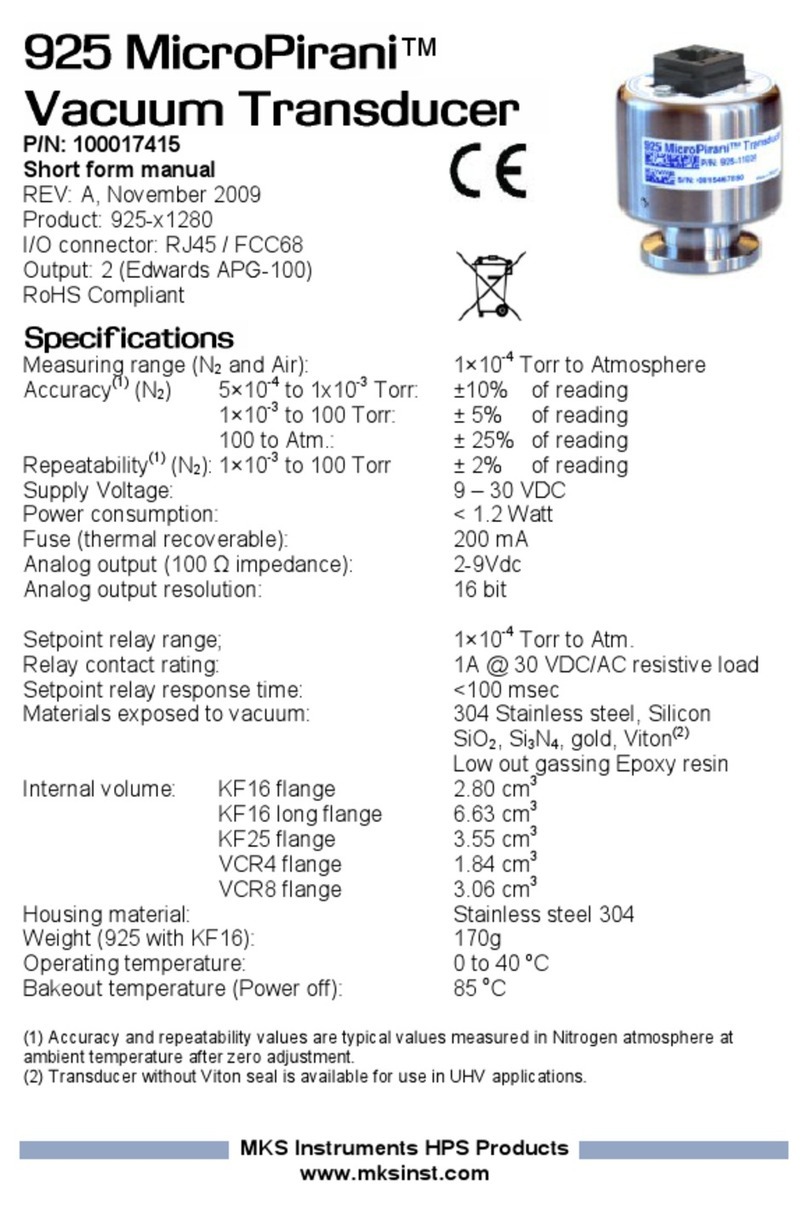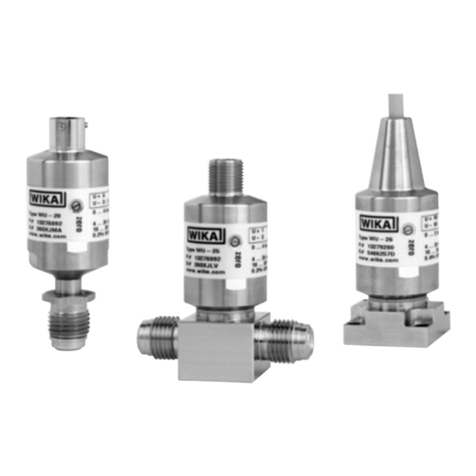
Thermo Fisher Scientific STD5000 & STD6000 User Guide vii
Contents
Chapter 1 Product Overview ............................................................................................. 1-1
Installation & Wiring........................................................................................ 2-1
Chapter 2
Requirements ...................................................................................... 2-1
Mounting............................................................................................ 2-2
Pneumatic Connections ...................................................................... 2-3
Electrical Connections......................................................................... 2-4
Chapter 3 Operation ............................................................................................................ 3-1
General ............................................................................................... 3-1
Programming ...................................................................................... 3-1
Chapter 4 The E-Pi Plug-In Module ................................................................................. 4-1
General ............................................................................................... 4-1
Replacing the E-Pi .............................................................................. 4-2
Fixed Orifice Replacement .................................................................. 4-3
Cleaning & Repair .............................................................................. 4-4
Calibration & the Test Jack............................................................................ 5-1
Chapter 5
Calibration.......................................................................................... 5-1
The Test Jack...................................................................................... 5-1
Calibration & Operation.................................................................. 5-1
Monitoring ...................................................................................... 5-2
Troubleshooting & Support............................................................................. 6-1
Chapter 6
External Filtration............................................................................... 6-1
Supply Pressure Regulation ................................................................. 6-1
Replacing the CCB ............................................................................. 6-2
Troubleshooting Guide....................................................................... 6-3
Contact Information ........................................................................... 6-4
Warranty............................................................................................. 6-4
Toxic & Hazardous Substances Tables....................................................... A-1
Appendix A
Appendix B Ordering Information....................................................................................... B-1
Specifications....................................................................................................C-1
Appendix C
